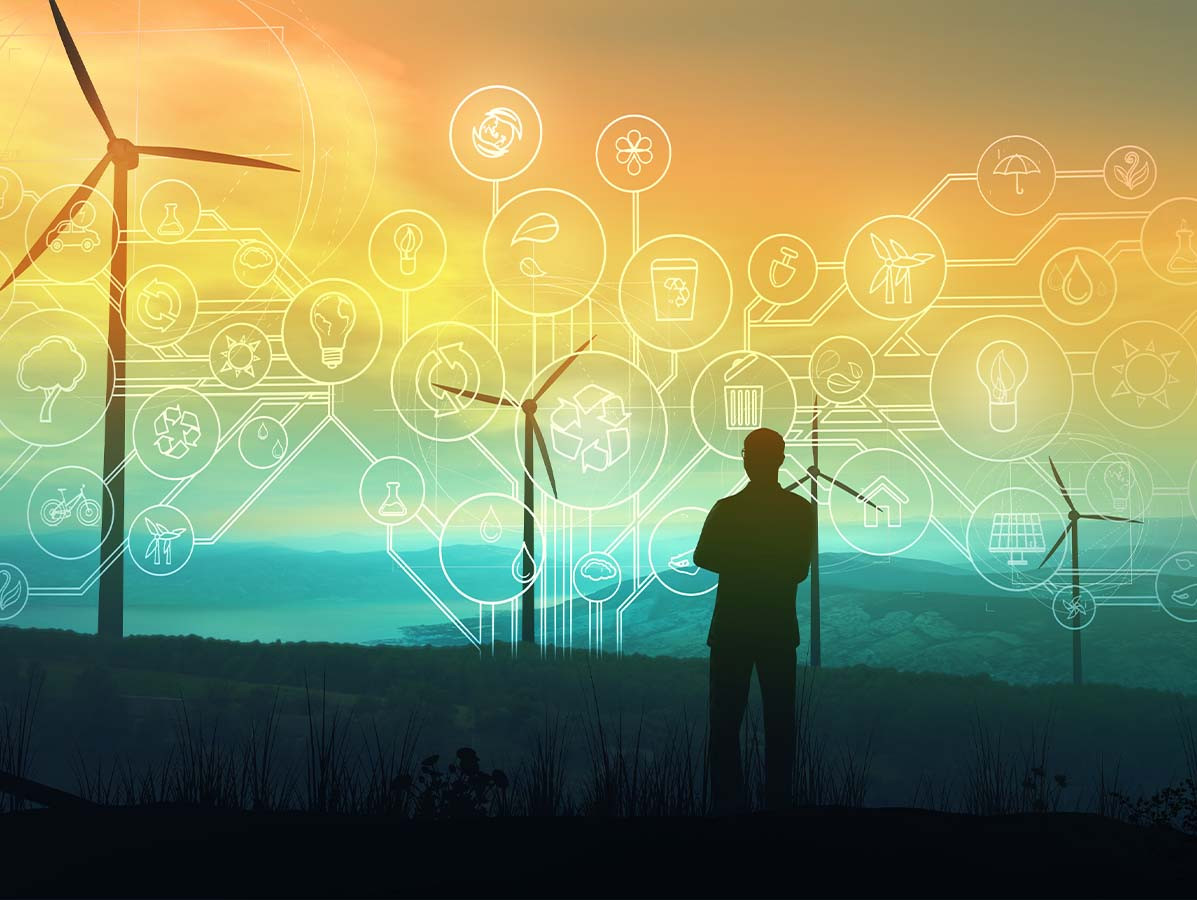
The food industry is faced with the challenge of embracing the energy transition amid limited electricity infrastructure and increasing government pressure to phase out natural gas. How can producers strategically address these challenges? And what steps can they take to make their energy consumption more sustainable? Rabobank explains.
With a total energy consumption of 82.4 petajoules, of which 70% comes from natural gas, food producers are confronted with a complex task. While the sector has already reduced energy consumption by 6% in the past five years, a substantial energy demand remains, especially in processes such as baking, cooling, and pasteurization. The government's intention to completely move away from natural gas by 2050 reinforces the need for change.
The alternative to natural gas, green energy, is hindered by crowded electricity infrastructure in many parts of the Netherlands. Additionally, producers face immediate challenges such as rising taxes on natural gas and spatial opposition to investments in local energy supply. These obstacles call for a proactive approach to the energy transition.
Reducing Energy Consumption: Efficiency as the First Step
Producers can start by reducing their energy consumption through more efficient processes. Concrete steps include insulation, minimizing losses in systems, and utilizing residual heat. The use of an Energy Management System helps map out energy consumption.
Flexibilizing Energy Demand: Optimizing Green Energy Utilization
Especially in continuous production processes, there is a need for flexibility in energy demand. Companies can achieve this by buffering energy. This can range from smart control of existing assets to the use of heat batteries, LFP batteries, and potentially, in the future, flow batteries.
Flexibilizing the Production Process: Gradual Transition to Green Energy
With increased availability of green energy from energy buffers, producers can adapt their production processes. Investments in hybrid solutions, such as oil-fired ovens, provide flexibility to switch between gas and electricity. Other green energy alternatives, like biogas and hydrogen, are being considered for specific applications.
Collaboration for Efficiency: Capacity-Restricting Contracts and Energy Hubs
Companies can explore opportunities to make agreements with neighbors and grid operators to optimize energy use during peak times. Capacity-restricting contracts and group-ATO's are possible solutions. Energy hubs offer a structured system where electricity generation, storage, and consumption are aligned.
The path to a sustainable energy supply for the food industry requires a gradual approach and collaboration within the sector. Strategically navigating the energy transition is not only a necessity but also presents opportunities for forward-thinking companies adapting to the changing energy landscape.
Source: Rabobank